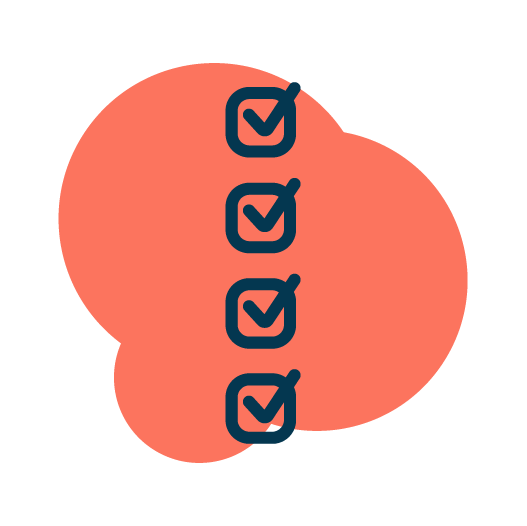So, you’re getting ready to invest $50K in your very first influencer campaign. How exciting! But just a word of advice: You probably want to figure out how you’re going to track your return on investment before sending out contracts to content creators.

Identify Goal Metrics and Key Performance Indicators
As with most marketing initiatives, there are a few different ways to track ROI, all depending on what your goals are. Do you hope your first splash via an influencer social campaign builds awareness for your new company? Or are you hoping to drive sales through shoppable links? Or, maybe you’re going all in on creating a cult following? Once you determine which of those metrics you’d like to hone in on, it’s time to figure out the KPIs you need to measure.
If it’s brand awareness you’re after, you’ll want to measure page views and impressions instead of poring over revenue. If you’re looking to build your audience, check out week over week growth figures for your audience, alongside engagement. And if it’s sales you’re looking to increase, conversion and revenue are the numbers you want to hone in on.
But how are you supposed to track all that? Well, this is another detail you’re going to have to get ironed out before you roll out the red carpet on your influencer marketing plan—and it all depends on how much you already have set up or how much you’d like to invest.

Have a Plan For Tracking Progress
One easy (and relatively cheap!) option is creating custom discount codes for every influencer, from which you’ll be able to track exactly where customers discovered your brand. This is also a great way to incentivize your influencers, by paying them a flat fee or percentage CPA on every purchase that uses their unique code. You could take it a step further, and get even more info on the customer journey from Instagram to purchase, by providing your talent with trackable affiliate links. Through this route, you’re able to track simple data like clicks and purchase amounts, in addition to abandoned carts and email capture, which allows the opportunity for you to target these potential customers via other targeting tools. You will likely have to invest in a platform in order for this option to be the most useful, as these tools have the ability to generate links, track data and even provide insights on our performance,
If affiliate links and custom promo codes aren’t in your budget, you could simply track your channel performance more closely. Run daily, weekly and monthly reports on web and social traffic by source. Then, cross-reference your activity to see when there are spikes in the data, so you can attribute that uplift to your influencers individually or the campaign as a whole. Also, keep an eye on the performance of the links in your social media bio because every click counts.

Use Influencer Feedback and Analytics
And don’t forget about the data that your influencers will be able to provide you with. On top of affiliate links and codes, you can also ask these content creators for regular feedback on their posts. This could be in the form of screenshots from the analytics page of the app they posted on or it could even be more sentiment focused. Such as, asking them if they noticed a positive or negative sentiment in the comments, whether their content performed better, worse, or the same as their usual posts and so on. Note that this is a deliverable you’ll want to include in your contract with these influencers, so there’s no surprise down the line when you request this info.
Finally, don’t expect to see results overnight. Give your influencer marketing campaign some time to gain traction, especially if it’s awareness you’re after, before jumping to conclusions about your investment. We know that influencer marketing has the potential to drive tangible increases in revenue, traffic and awareness–for almost every industry–so trust the process and just keep an eye on those KPIs.
